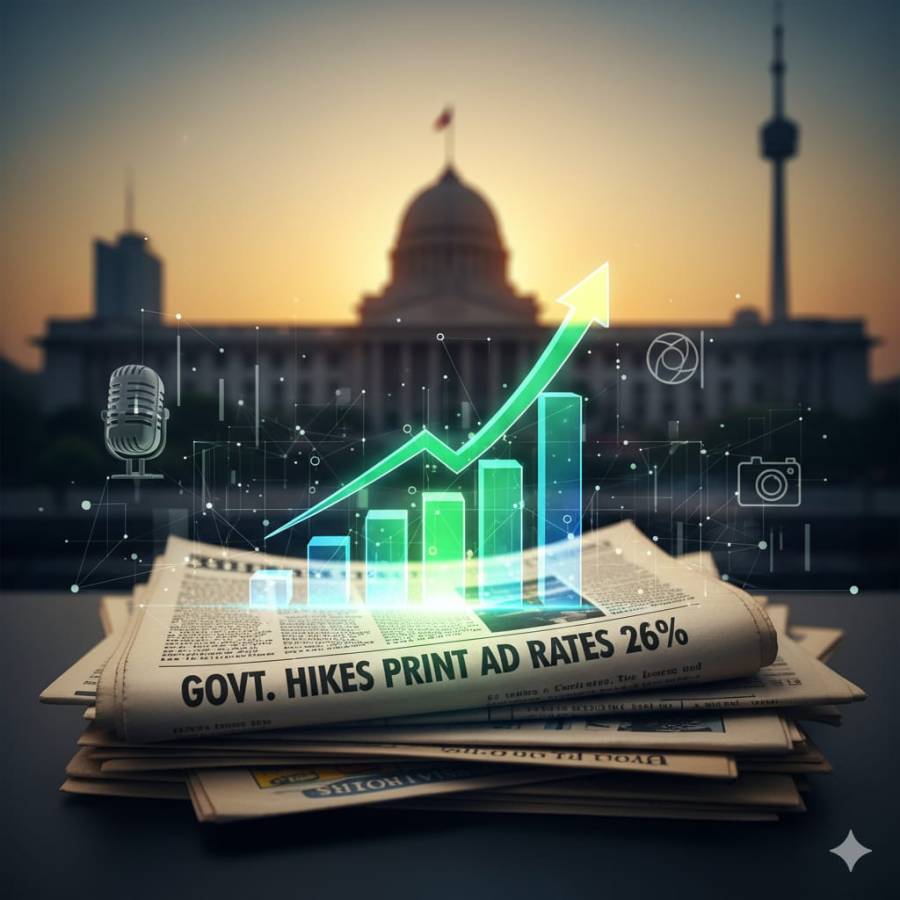
The Union Government is set to roll out a significant measure to bolster the financially challenged print media industry by announcing 26% increase in government advertisement rates. It will mark the first major rate revision since 2019. Shortly after the Model Code of Conduct for the Bihar elections is concluded, it will be implemented.
This move by the Ministry of Information and Broadcasting (I&B) is positioned as a critical step to support newspapers, particularly small and medium-sized publications, which have been grappling with increasing costs and the competitive pressure from digital platforms. The last hike in rates, a 25% increase, was implemented in 2019, and the industry has since waited three years for the current revision, which was due after the validity of the previous rates expired.
Supporting the Print Sector's Viability
The decision stems from the recognition of the financial volatility facing the print industry. A key driving factor behind the previous 2019 hike, which followed the recommendations of the 8th Rate Structure Committee, was the rising cost of newsprint and processing charges. These costs have continued to climb, intensifying the need for the present 26% increase to ensure the commercial viability and sustainability of the traditional press.
The forthcoming hike is therefore not just a routine revision but a strategic intervention aimed at protecting the sector. Sources indicate that the government is focused on helping newspapers navigate the shift in advertising revenue from print to digital media, a transition that has affected the livelihoods of many in traditional media houses.
A Comprehensive Overhaul of the Media Landscape
The advertisement rate increase is part of a larger, coordinated set of reforms designed to modernize and stabilize the entire media and communication ecosystem.
Focus on Television and Radio
- TRP Guidelines: The government is actively working on new Television Rating Point (TRP) agency guidelines for television channels. The first round of public consultation has been completed, with further consultative papers expected to follow. The goal is to enhance transparency and ensure a fair operating environment for broadcasters.
- Radio Sector: For radio, the I&B Ministry is reviewing existing regulatory restrictions that currently limit the sector’s growth potential, with an aim to remove these hurdles and foster expansion.
Institutional and Policy Convergence
The Ministry is also prioritizing institutional streamlining through the integration of key communication bodies:
- Consolidation: The Press Information Bureau (PIB), the Central Bureau of Communication (CBC), and the Registrar of Newspapers for India (RNI) are set to be converged. This move is intended to improve coordination across government communication, media outreach, and regulatory functions.
In addition to these structural changes, the government is poised to announce the Model Code of Conduct (MCC) on Preventive Policy on Government Announcements and Advertisements. This new policy will introduce guidelines for government-funded policy announcements and advertisements across all media.
Investing in the Future of Creative Technology
Beyond traditional media, the government is also focused on nurturing the burgeoning creative economy. Initiatives include:
- Education: Plans are underway to develop a PhD scheme focused on online content and media communication through the Indian Institute of Mass Communication (IIMC).
- Technology Hubs: The Ministry is establishing the new India Institute of Creative Technologies, offering industry-oriented courses to develop talent in the creative arts and media.
The 26% ad rate hike is a clear signal of the government's commitment to fortifying the print media sector, while the broader set of reforms demonstrates a proactive approach to stabilizing and modernizing India's diverse and evolving communication landscape.


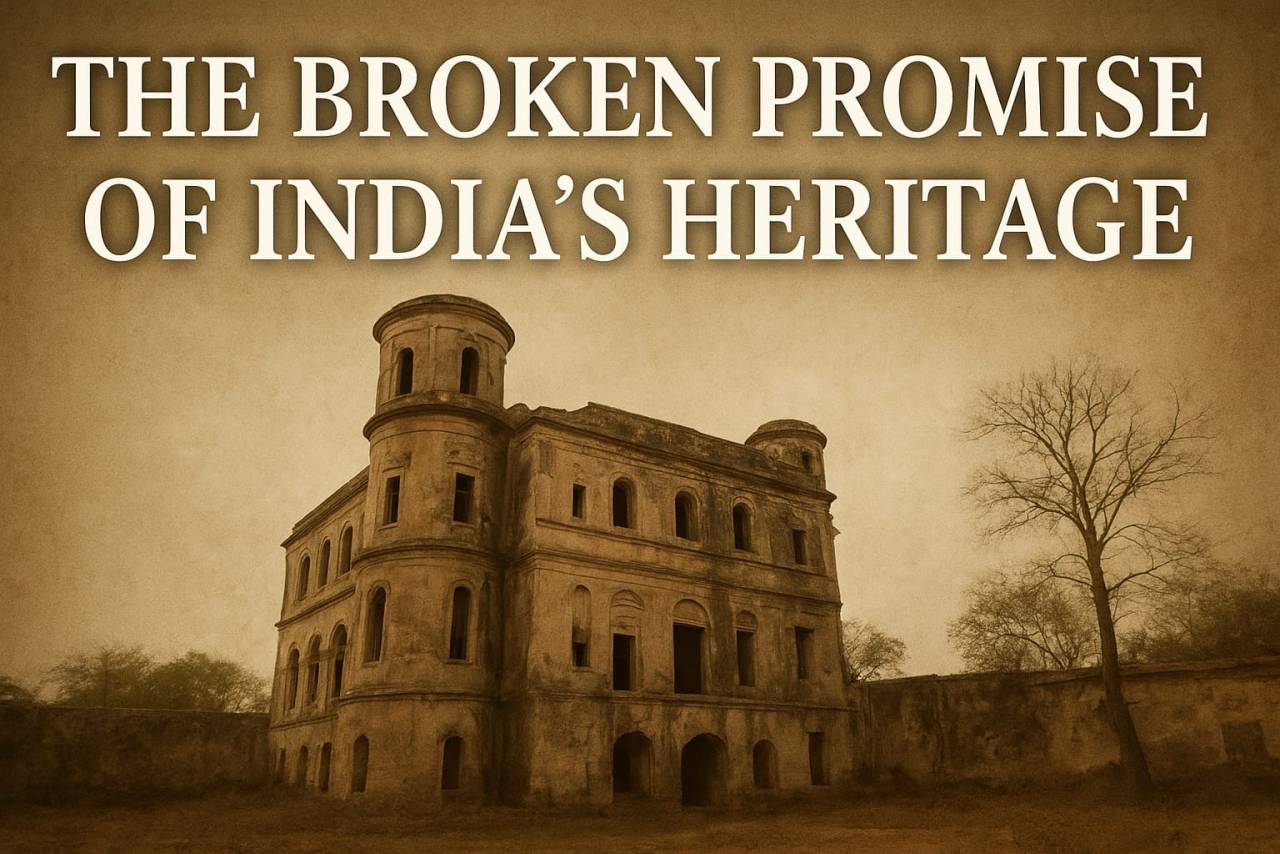
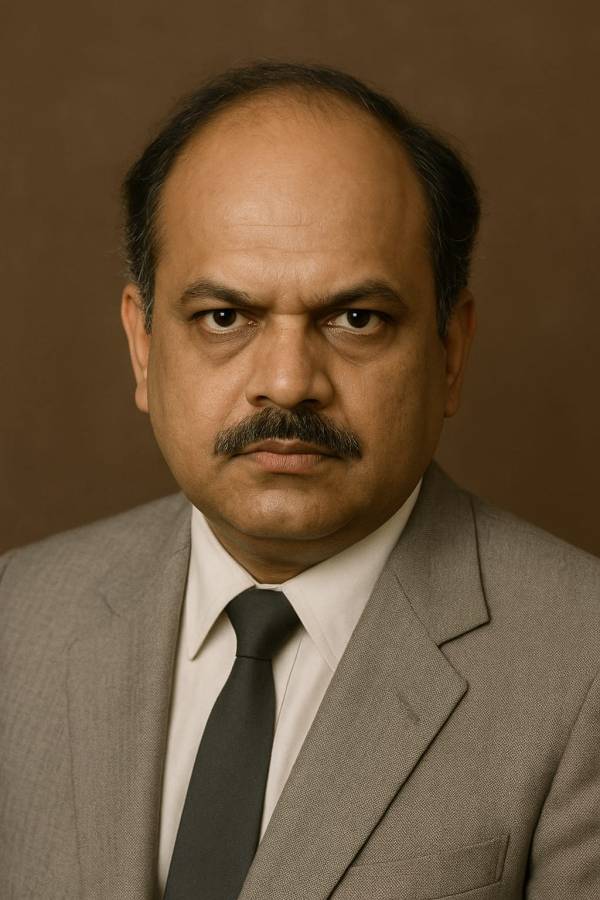

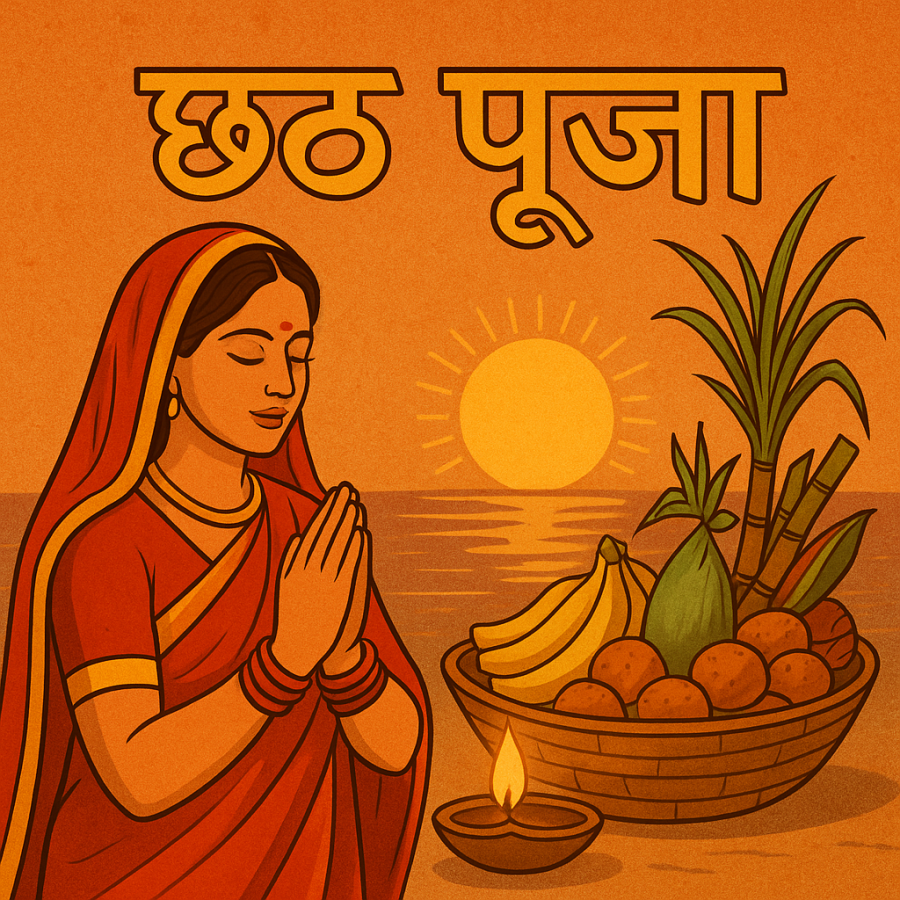
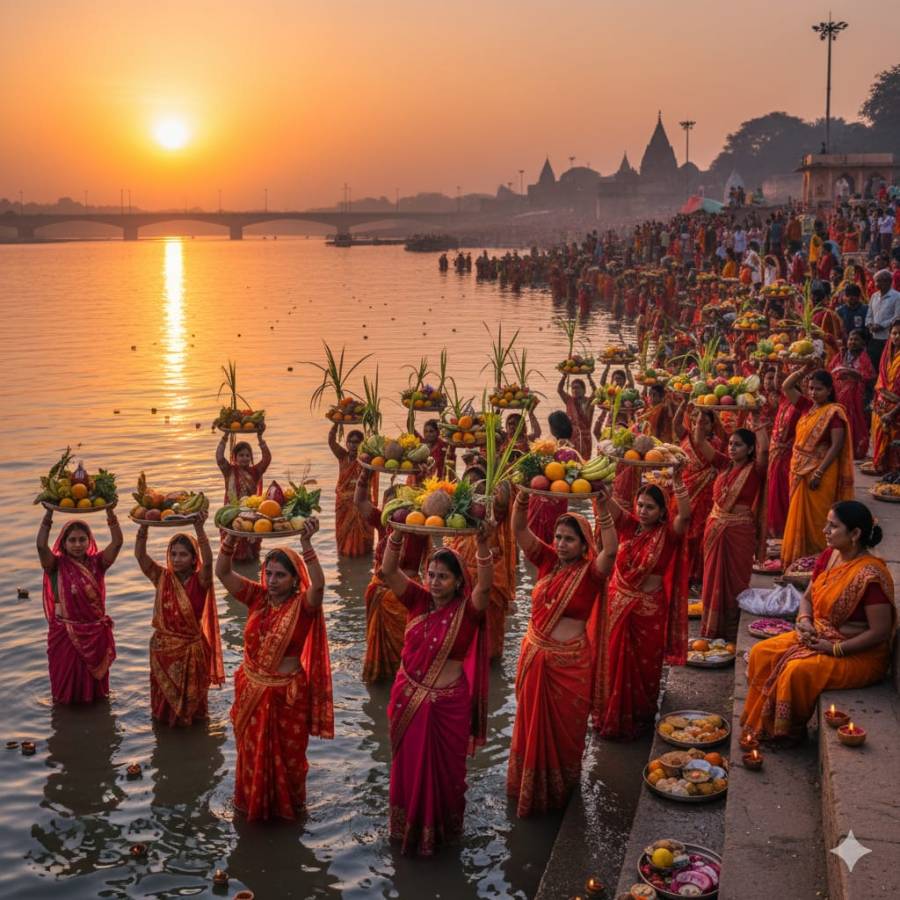

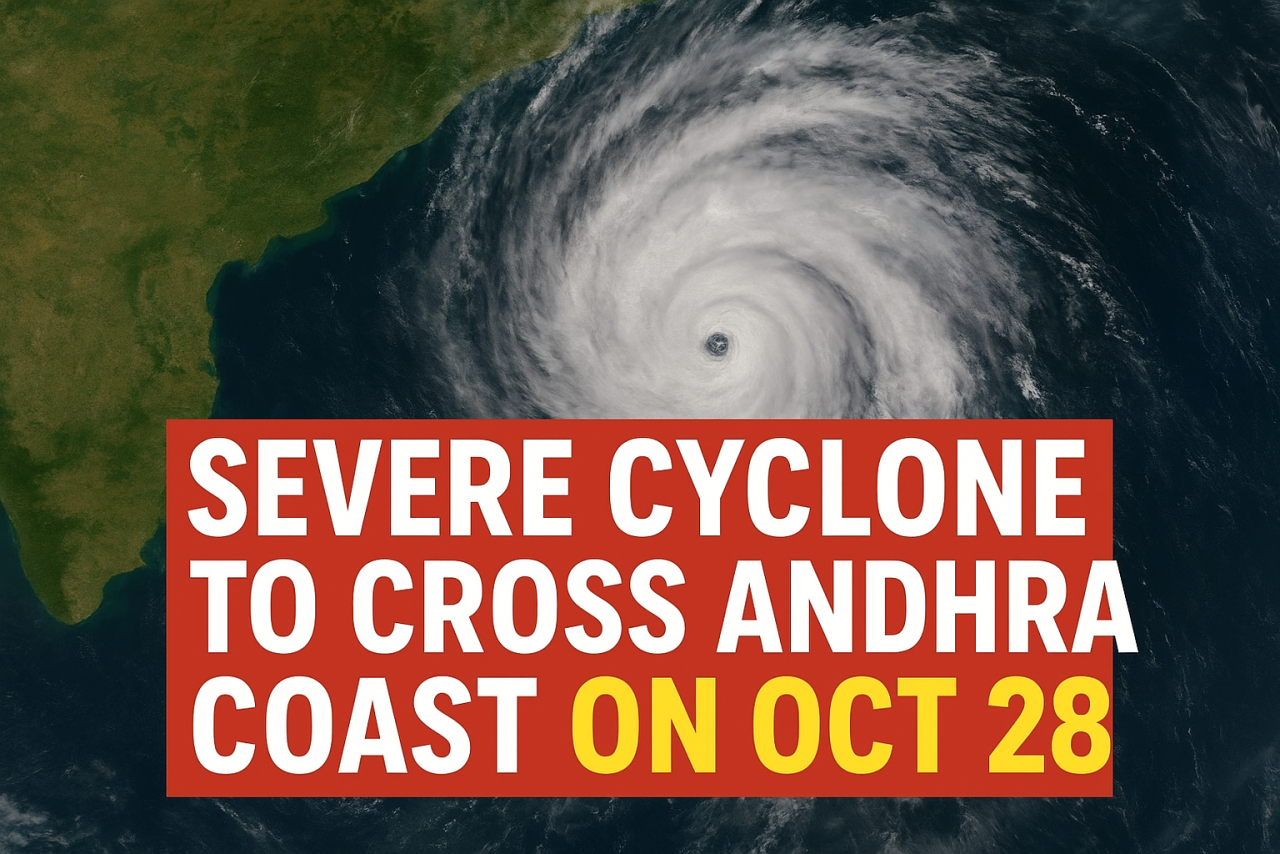

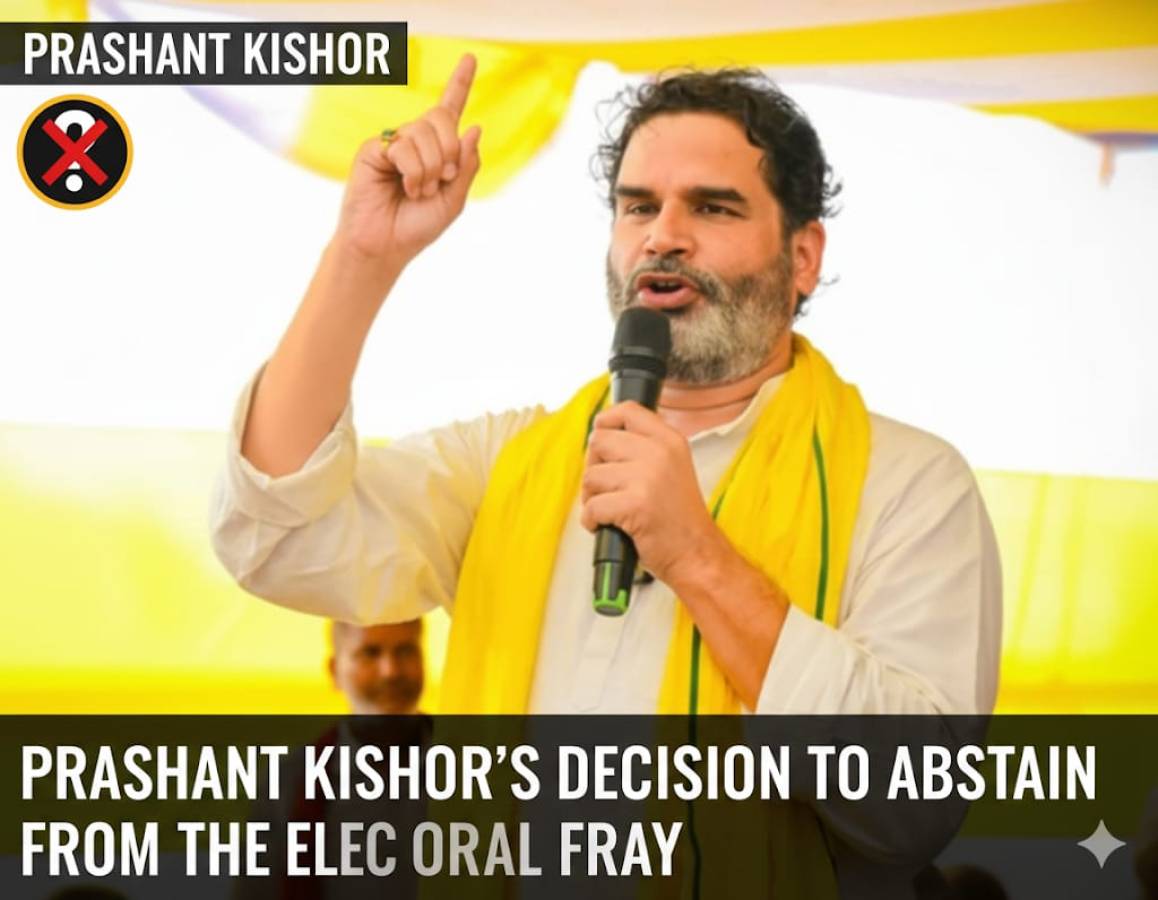
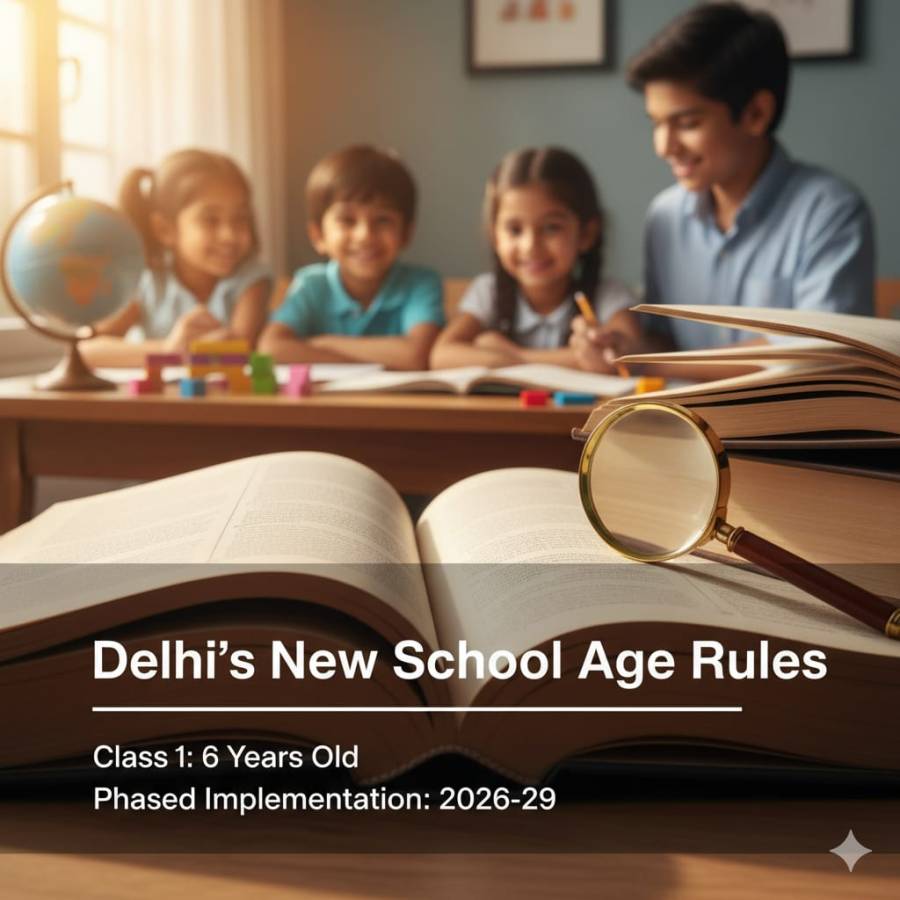


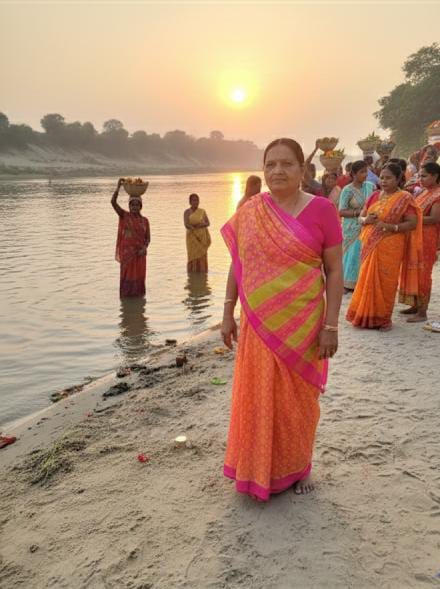



.jpeg)

